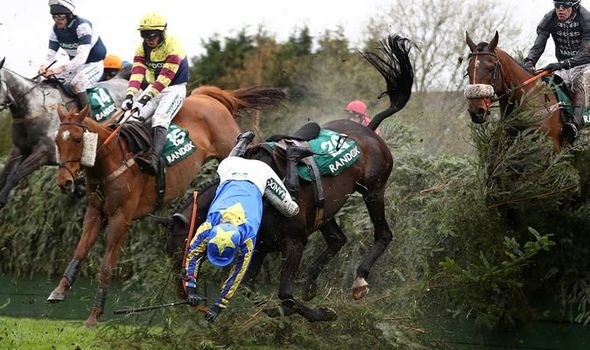-
Cruelty In Paradise, A Memoir of Nassau Bahamas

Cruelty in Paradise, A Memoir of Nassau Bahamas is my new book just published. It chronicles my adventures and tribulations in Nassau Bahamas in the 1970s during my stint as chief inspector of the Bahamas Humane Society. I was totally unaware and unprepared for the frustrations, dangers and horrors I was about to confront. Could…
-
Grand National 2023. What we learned from it.

Another year, another Grand National, the usual outrage, drama and spectacle, but this year the added excitement of an Animal Rising invasion, but what did it achieve?